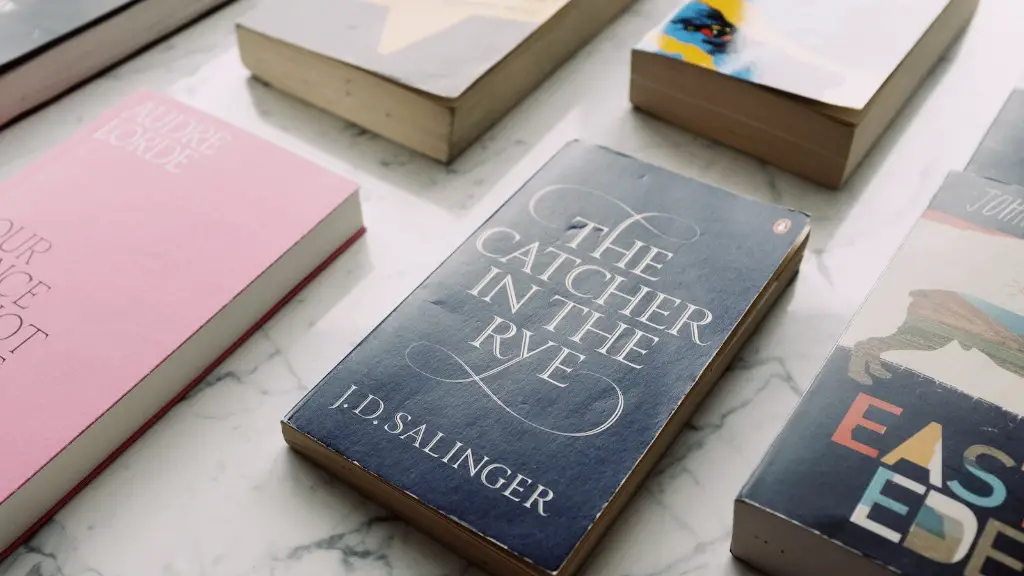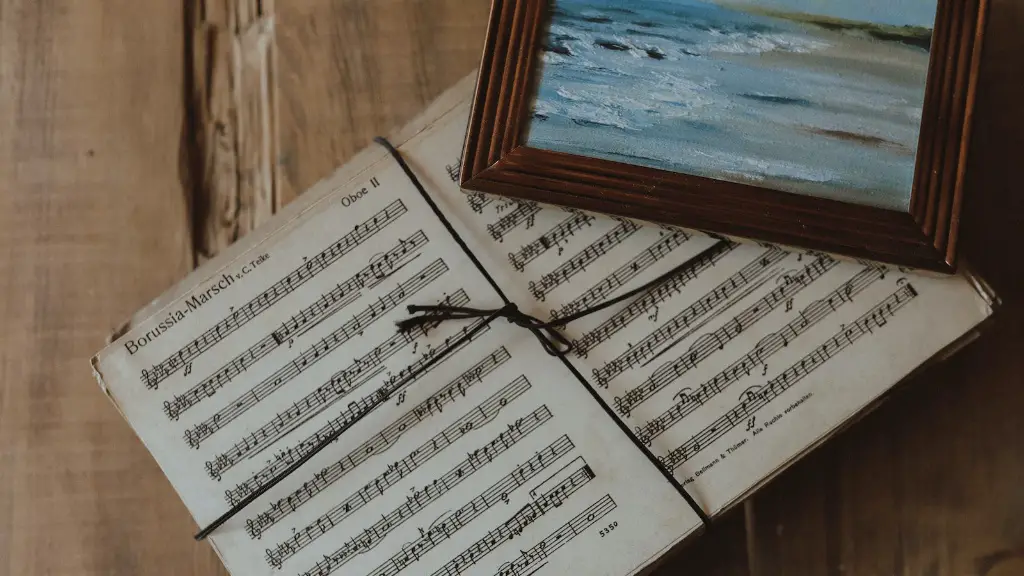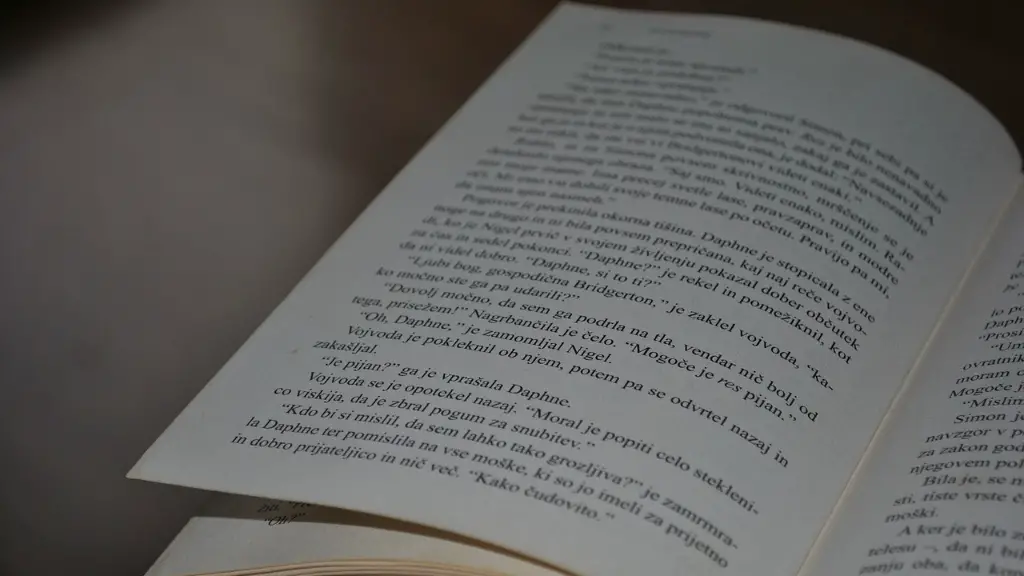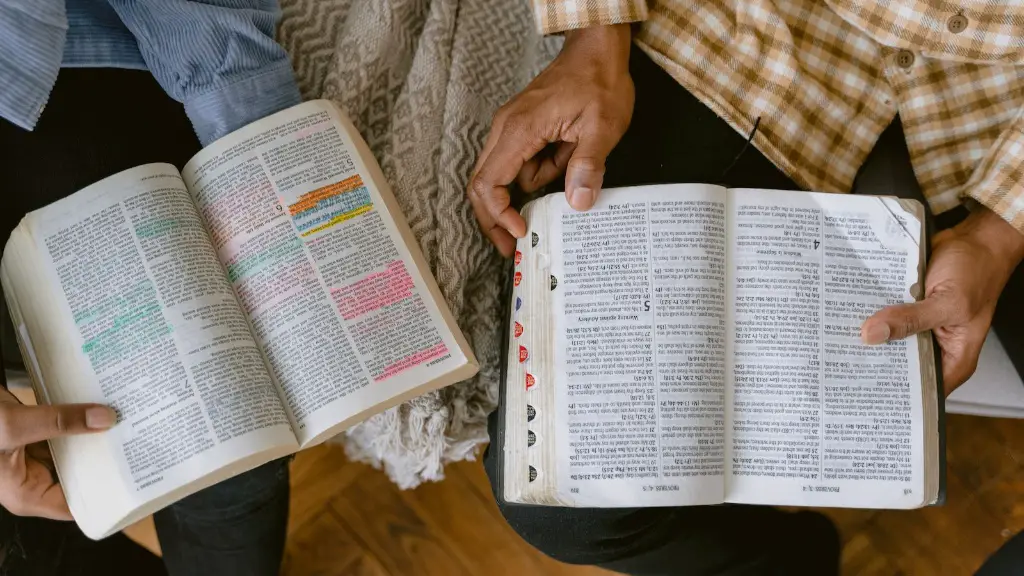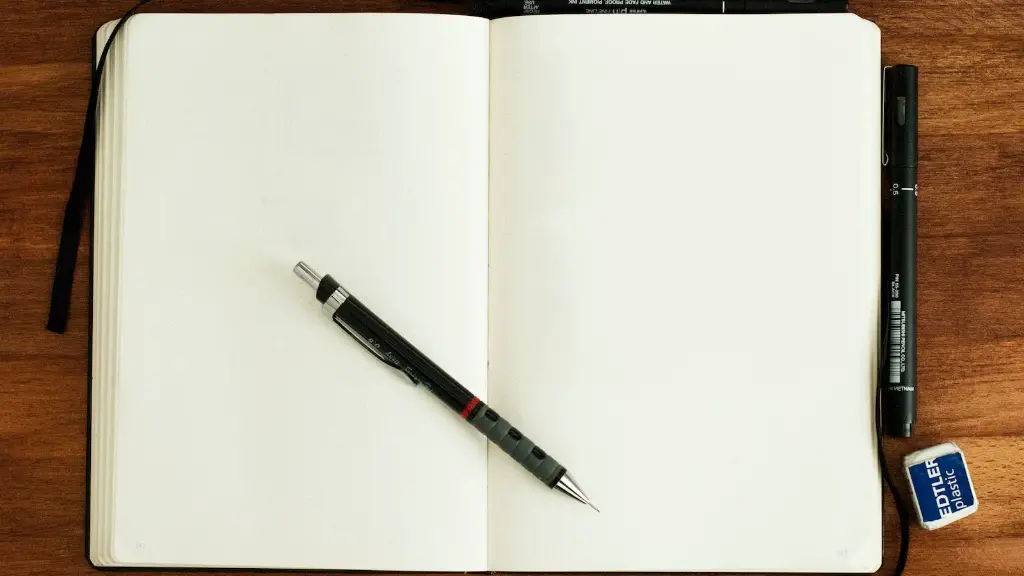Emily Dickinson is considered one of America’s greatest poets. She was born in Amherst, Massachusetts, in 1830 and began writing poetry in her teens. Dickinson was a private person and only shared her poetry with close friends and family. She didn’t gain widespread attention for her work until after her death, when her sister published a collection of her poems. Today, Emily Dickinson is considered one of the most important voices in American literature.
Emily Dickinson began writing poetry in her teens, but she did not share her work with anyone until she was in her twenties. She continued to write poetry throughout her life, but only a handful of her poems were published during her lifetime.
When were Emily Dickinson’s poems written?
Johnson’s estimation that Dickinson composed 35 poems in 1860, 86 poems in 1861, 366 in 1862, 141 in 1863, and 174 in 1864 is likely accurate. This was a period of intense creativity for Dickinson, during which she fully developed her themes concerning nature, life, and mortality. These themes would come to define her work, and her place in American literature.
The earliest record of Emily Dickinson’s poetry in publication is “Magnum bonum, harem scarem” which was published in the Amherst College Indicator as a valentine letter. This poem was most likely written in 1850, February.
What era of poetry did Emily Dickinson write
Walt Whitman and Emily Dickinson are considered to be two of the leading 19th-century American poets. Whitman is known for his unconventional poetic style, while Dickinson is known for her use of unconventional grammar and punctuation.
Dickinson’s poetry was heavily influenced by the Metaphysical poets of seventeenth-century England, as well as her reading of the Book of Revelation and her upbringing in a Puritan New England town. These influences encouraged a Calvinist, orthodox, and conservative approach to Christianity in Dickinson’s poetry.
What poem made Emily Dickinson famous?
One of the most famous poems by Emily Dickinson, “Hope” is the thing with feathers celebrates the idea that hope is something that can never be extinguished. Dickinson uses the image of a bird to represent hope, which is fitting given that birds are often seen as symbols of hope and freedom. The poem is short but powerful, and its message is one that will resonate with anyone who has ever felt lost or hopeless.
Emily was considered strange by the residents of her hometown as she took to wearing white clothing much of the time, and also for her reclusive nature She eventually refused to come downstairs to greet her guests and sometimes would only hold conversations through the closed door of her bedroom.
What are 3 interesting facts about Emily Dickinson?
Emily Dickinson was one of the most prolific and well-known poets of her time. Although she was a very private person, there are some interesting facts about her life that are worth noting. For example, her father was a United States Senator, and only ten of her poems were published during her lifetime. Additionally, the Dickinson family were devout Calvinists, and botany was a passion in her early years. Finally, she was incredibly reclusive, and several mysterious love affairs may have taken place.
It is believed that the severe headaches and nausea experienced by the individual were caused by high blood pressure, which eventually led to heart failure and death. This is supported by the fact that the individual was in a coma on their deathbed, and experienced difficulty breathing.
What is Emily Dickinson most famous quote
Hope is the thing with feathers that perches in the soul and sings the tunes without the words and never stops at all. This is what hope is and what it does. It gives us the resilience to keep going when the going gets tough and the energy to keep fighting even when we feel like we can’t. Hope is what keeps us going when everything else has failed.
Emily Dickinson was an American poet best known for her use of slant rhyme, conceits, and unconventional punctuation, as well as her near-legendary reclusive habits. A member of a prominent Amherst, Massachusetts family, Dickinson is considered one of the most original and innovative poets of her time.
What was Emily Dickinson’s writing style?
Emily Dickinson’s writing style is most certainly unique. She used extensive dashes, dots, and unconventional capitalization, in addition to vivid imagery and idiosyncratic vocabulary. Instead of using pentameter, she was more inclined to use trimester, tetrameter, and even dimeter at times. Emily Dickinson’s use of language was certainly unconventional, but it worked for her. Her writing style is recognizable and her poems have lasted for centuries.
Emily Dickinson is a well-known female poet of this literary era. As a Romantic figure, she was influenced by transcendentalism and dark romanticism. Known for bridging the gap to Realism, her works focus on expressing the hidden consciousness of fragmented thoughts.
What religion was Emily Dickinson
Emily Dickinson was brought up in a Calvinist household and attended religious services with her family at the village meetinghouse. Calvinism was the predominant denomination of early New England.
Like most writers, Emily Dickinson wrote about what she knew and about what intrigued her. A keen observer, she used images from nature, religion, law, music, commerce, medicine, fashion, and domestic activities to probe universal themes: the wonders of nature, the identity of the self, death and immortality, and love.
Why did Emily Dickinson not name her poems?
Emily Dickinson was a reclusive poet who didn’t share her work with many people. She didn’t title her poems because she didn’t intend for them to be published. Dickinson wanted her poems to be read as part of a body of work, not as individual pieces.
In “The saddest noise, the sweetest noise,” Emily Dickinson reflects on the bittersweet relationship between beauty and grief. She observes that while beauty can be a source of great joy, it can also be a source of great sorrow. Dickinson suggests that grief is often more potent than joy, and that it is sometimes only through grief that we can truly appreciate the beauty of life.
What poem was read at Emily Dickinson’s funeral
In the months preceding her death on May 15, 1886, Emily Dickinson requested that Emily Brontë’s poem “No coward soul is mine” be read at her funeral, thereby enlisting Brontë’s defiant declaration of immortality in what can be interpreted as Dickinson’s own equally defiant final statement on the relation of fame to death. Dickinson’s request is a fitting tribute to her own bravery in the face of death, as well as a reminder that even in the face of death, our souls remain intact and undefeated.
It is always important to be polite and thankful, especially when you are a guest in someone’s home. Showing gratitude is a sign of good manners and can go a long way in making a good impression. Remember to say please and thank you, and to mind your P’s and Q’s!
Final Words
Emily Dickinson wrote poetry her entire life, although most of her work was published posthumously.
Emily Dickinson is considered one of America’s greatest poets. She was a prolific writer, and her poetry is known for its unusual and suggestive imagery. She wrote mostly in private, and only a small number of her poems were published during her lifetime.
